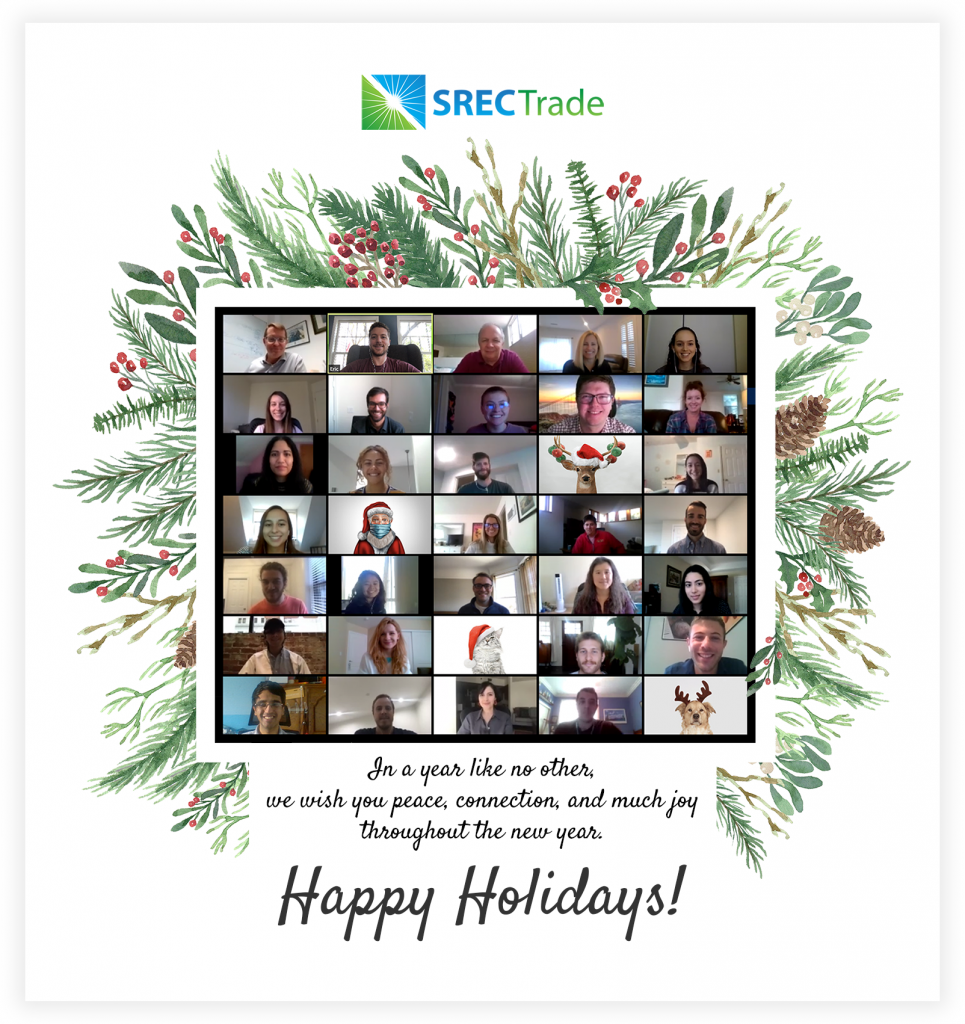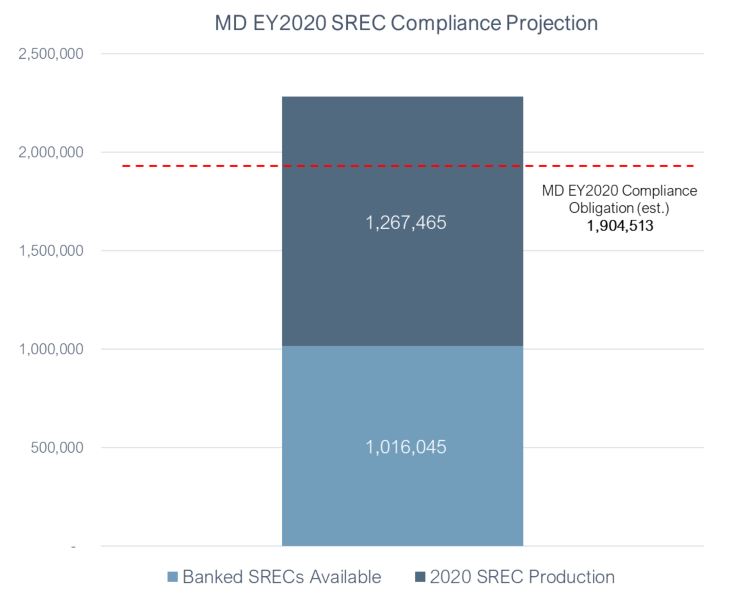March 24, 2021 EDIT: Removed the text, “There is no requirement in MA Class I for projects to utilize a revenue grade meter, regardless of size.” See the added “Minimum Meter Accuracy” table from Section 2.1 e) of the NEPOOL GIS Operating Rules below for revenue grade meter requirements.
SRECTrade’s MA Class I application is now fully updated and live on our website. This update includes streamlining our online application to only require fields that are necessary for obtaining MA Class I certification.
To start an MA Class I application, please log in to your SRECTrade account and select the link to “Apply to sell SRECs”.
Below is more info about the MA Class I REC Market parameters:
- Any solar PV project interconnected to the New England ISO is eligible to sell MA Class I RECs.
- As of the time of this post, the current MA2020 Class I spot market price is approximately $40.00 (per MWh).
- There are no REC factors in the MA Class I market as there were in MA SREC-II; one Class I REC is generated per 1 MWh of production.
- Qualified MA Class I projects are not limited to 40 quarters of REC transactions like in the past MA SREC markets; they are eligible to transact in perpetuity.
- All MA Class I projects are required to utilize an Independent Verifier for production reporting. If you have questions about whether your solar inverters/meters qualify, please view the approved NEPOOL Independent Verifiers List (current as of the time of this post).
- SRECTrade’s MA Class I Market page will have more information added to it in the near future.
- Metering requirements are as follows:

Regarding fixed-price contract opportunities, 5- and 10-year forward contract links will be emailed on a quarterly basis to interested parties. Please email installers@srectrade.com to indicate your interest in this mailing list.
As always, please contact SRECTrade with any questions and we look forward to working with you in the MA Class I market.
Tweet





